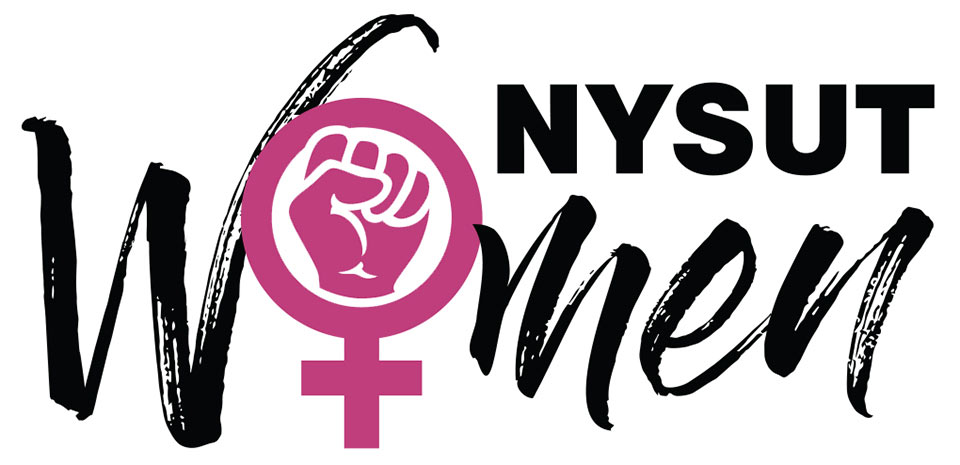Women’s Committee 101
How to organize a committee in your local
1. EDUCATE YOURSELF
Research your local’s history with women’s committees. Has there ever been one? If so, who led it, what did it accomplish and when was it created? Does your constitution include language around the formation of a committee? Learn more about NYSUT’s women’s committee.
2. FORM AN ORGANIZING GROUP
Reach out to like-minded women in your local.
3. IDENTIFY YOUR ISSUES
What concerns are important to women in your local?
Possibilities might include political advocacy, health care or workplace issues such as flextime or equal pay. Consider conducting a survey to solicit input on issues.
4. CREATE AN IDENTITY/BRAND
Develop a committee logo or slogan and use it on T-shirts, mugs, banners or other wearables, and social media accounts.
5. RECRUIT MEMBERS
Place recruitment announcements in your local’s newsletter on your website or social media platforms, such as Twitter, Instagram or Facebook. Post fliers on bulletin boards and/or distribute palm cards. Get on the agenda of your next local union meeting to speak about the committee.
6. RAISE YOUR PROFILE
Once you have a roster of active members, have them introduce themselves at local meetings and events, with their committee wearables visible, and discuss future committee plans to get others involved. Use our HERstory template to highlight women in your local, www.nysut.org/herstory.
7. BE INCLUSIVE
Create subcommittees such as finance, recruitment or publicity to involve and empower all your members.
8. PUBLICIZE YOUR WORK
Recruit members to take photos and update your committee’s newsletter, website or social media accounts.
9. PLAN EVENTS
Participate as a group at important events such as voter registration drives and get-out-the-vote activities, or at your Labor Day parade, breast cancer walk or women’s march. Host women’s committee outings, speakers or educational programs. Local colleges with departments of labor history or women’s studies might be good sources for speakers.
10. KEEP A CHECKLIST AND EVALUATE
Keeping track of committee goals will help ensure they’re met and foster the growth of new ones.
